Nature is magical and water even more so. The pristine magic of high-altitude rivers and lakes have for ages captured the senses, quietened the mind, and uplifted the spirits. The colour blue has also inspired many questions. Many answers (some right and some wrong) have also been given – and they reflect the mindset from scientific to spiritual to reverence. Below I have captured a few of them to invoke all these attitudes in you…the reader.
1. Lakes and oceans appear blue because of the clarity of the water and the sky, usually in high altitudes, there are less pollutants both in water and air, so water seems bluer.
2. Water itself has an intrinsic blue colour, which is a result of its molecular structure and its behaviour.
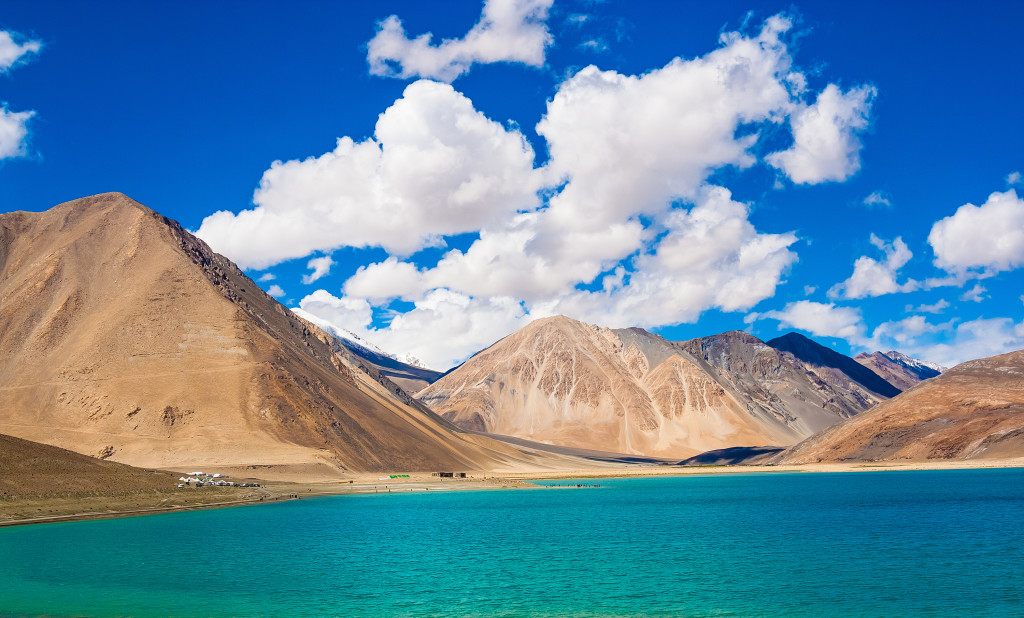
3. The surface of the water reflects the colour of the sky. While this reflection contributes to the observed colour, it is not the sole reason. Some of the light hitting the surface of ocean is reflected but most of it penetrates the water surface, interacting with its molecules.
4. But, in Switzerland and other southern European states, they don’t have blue skies (except some summer days), yet the Swiss mountain lakes are always turquoise or even green or clear blue.
5. This ‘particular’ blue is seen in the Himalayan rivers. For example, the Teesta River Thermal Project in Northern India. The colour appears blue due to the mineral contents.
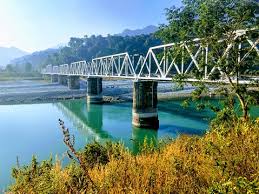
6. It appears blue in such high altitude because the water is pure. Also, in case like that of a dam, the water is stagnant resulting in precipitation of solid particles. In lower plains, the water gathers lots of mud and other particles in it which in turn affects the blue spectra. That is why a flowing (turbulent) river never appears blue.
7. Crystal clear water is always blue due to diffraction, much like the sky. Similar phenomenon is observed in ocean areas without a major river discharge. Where there is a river nearby, soil particles turn water muddy.
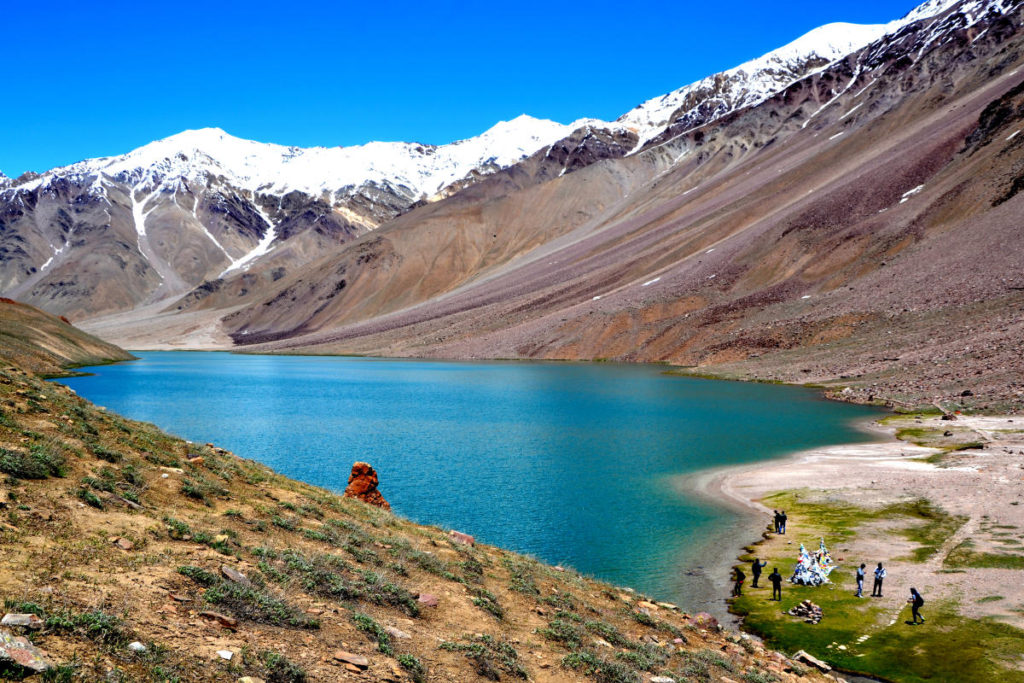
8. Water is blue at high altitudes because those lakes contain unadulterated glacial water. Glacial water contains finely ground rocks, silt and clay (called glacial flour), caused by the slow-grinding glacial movement. They are so fine that they do not settle down, instead remain suspended in the water. The water absorbs the long wavelengths (red, orange) while the suspended particles absorb the short wavelengths (purple, indigo), leaving the greenish – turquoise wavelengths to be reflected ‘back’ which gives the water its colour.
9. In New Zealand, most lakes are blue water bodies, even though they are not at a very high elevation!!

10. Even in Andaman, Seychelles, and Maldives and several other places, the water appears blue. These are warm places!
11. The most common cause for water to change colour is minerals. When a rock is weathered down over time, the minerals from the rock are dissolved and small pieces are released into the water causing different colours. Iron, manganese, and calcium carbonate from limestone all common minerals that can cause water to range from red and orange to green and blue.
12. The deep blue colour of some lakes is a testament to the pristine character of the water and low human impact in the surrounding watershed. Blue water lakes contain low concentrations of algae and other substances, resulting in high clarity and a deep blue colour. Blue lakes are common in areas with fast draining soils and small lake watersheds. These lakes usually have extremely low algal growth, supporting few fish.
13. The colour of the water varies with the ambient conditions in which that water is present.
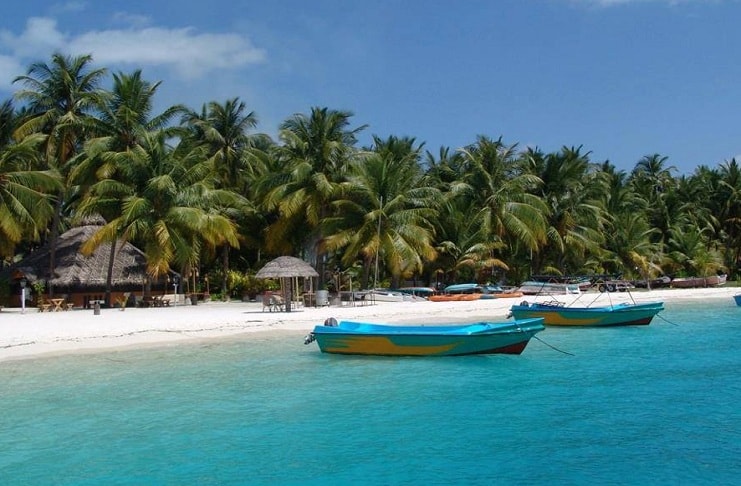
14. Another phenomenon that occurs is Rayleigh scattering in the atmosphere, along one’s line of sight. The horizon is typically 4–5 km distant and the air (being just above sea level in the case of the ocean) is at its densest. This mechanism would add a blue tinge to any distant object (not just the sea) because blue light would be scattered into one’s line of sight.
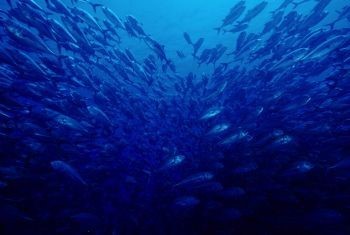
15. While relatively small quantities of water appear to be colourless, pure water has a slight blue colour that becomes a deeper blue as the thickness of the observed sample increases.
16. The blueness of water is very apparent when diving. As one goes deeper, lower energy wavelengths penetrate the water less, eventually leaving only blue light from the higher energy end of the spectrum. Even when using an artificial light source, such as a flashlight, the objects close to the observer appear in their real colour, whereas the objects farther away appear to be blue.
Monica (Managing Editor) is the quintessential researcher - she thrives on showcasing overlooked aspects that form the foundation blocks of people, places and issues. She is a social scientist by profession with masters in Economics and loves to travel.